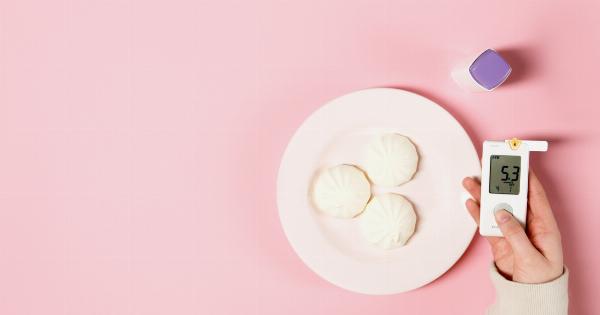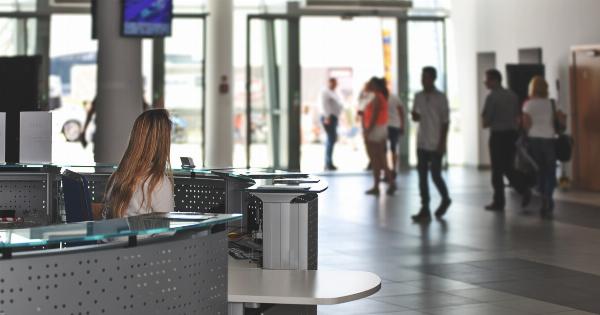Stroke is a medical emergency that occurs when the blood supply to the brain is interrupted or reduced, depriving the brain of essential oxygen and nutrients.
Prompt medical attention is crucial during a stroke as the brain cells begin to die within minutes. Recognizing the signs of a stroke and taking immediate action can significantly improve the chances of a better outcome.
S.T.R. – The Stroke Identification Checklist
S.T.R. stands for the three essential steps to identify and respond to a stroke:.
1. S – Smile
Ask the person to smile. Does one side of their face droop? In case of a stroke, facial weakness may be present, causing an uneven smile or drooping on one side.
2. T – Talk
Ask the person to speak a simple sentence. Is their speech slurred or strange? During a stroke, individuals may experience difficulty in producing or understanding speech. Their words may be slurred or nonsensical.
3. R – Raise
Ask the person to raise both arms. Does one arm drift downward? In the event of a stroke, one arm may become weak or numb, making it difficult to raise or keep it elevated.
Additional Warning Signs of Stroke
In addition to the S.T.R. checklist, it is important to be aware of other common symptoms of a stroke:.
- Sudden severe headache
- Dizziness or loss of balance
- Trouble seeing in one or both eyes
- Confusion or difficulty understanding
- Numbness or weakness in the face, arm, or leg – particularly on one side of the body
- Trouble walking or coordinating movements
What to Do During a Stroke
If you notice any of the signs mentioned above, it is crucial to act FAST:.
1. F – Face
Ask the person to smile and check for facial drooping. If uneven or drooping, it may indicate a stroke.
2. A – Arms
Ask the person to raise both arms and observe if one arm drifts downward. Weakness or numbness on one side may be indicative of a stroke.
3. S – Speech
Ask the person to repeat a simple phrase. Slurred or jumbled speech may suggest a stroke.
4. T – Time
Don’t waste time! If any of these signs are evident, call emergency services or activate your local emergency response system immediately.
Time is crucial in getting the necessary medical attention that can limit brain damage and improve chances of recovery.
What NOT to Do During a Stroke
It is essential to be aware of certain actions that should be avoided during a stroke:.
Avoid Delay
Never ignore the signs of a possible stroke or delay seeking medical help. Quick response is crucial for an optimal outcome.
Avoid Self-Medication or Home Remedies
Do not attempt to self-diagnose or administer home remedies during a stroke. Only qualified medical professionals can provide appropriate treatment and care.
Avoid Assumption of Symptoms Resolving
Do not assume that stroke symptoms will resolve on their own. Even if the symptoms improve or disappear, it is essential to seek medical evaluation as they may indicate a transient ischemic attack (TIA), a warning sign of an impending stroke.
Conclusion
Knowing what to do during a stroke can potentially save a life and minimize the long-term impact. Familiarize yourself with the S.T.R. method and other warning signs to quickly identify a stroke.
Remember, time is of the essence – immediate medical attention is vital to improve outcomes and increase chances of a successful recovery.






























